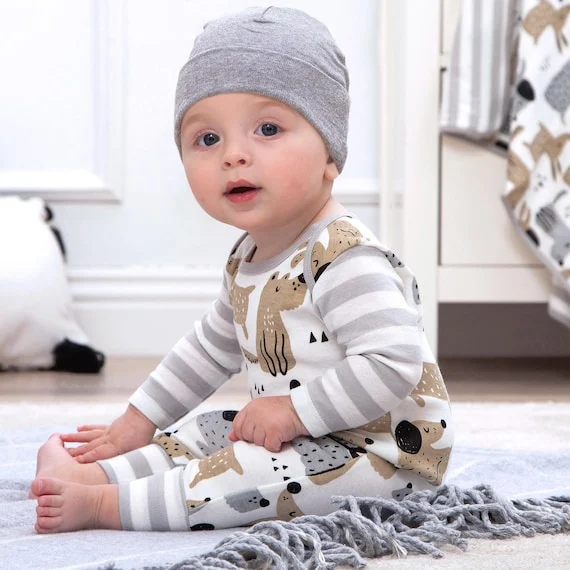As I write this, the rain pours heavily outside, and the fresh, clean air seeps through the open window. The earthy scent of ferns wafts in, a reminder of life and vitality just outside. Yet, my heart is heavy with the news of a tragic loss: a young boy’s life cut short by sepsis. The clock reads just past 11:00 a.m., and I’ve hung up the phone, tears in my eyes, expressing silent gratitude for the children I have waiting for me.
The parents, Mark and Sarah Johnson, ended their call with a heavy heart, having lost their son, Liam, three years ago to sepsis—a condition that is often preventable. What began as a minor scrape from an accident during gym class spiraled into a life-threatening infection. Despite the scrape seeming insignificant, bacteria infiltrated the wound, and within three days, Liam succumbed to sepsis. The shocking statistic is that over 250,000 Americans perish from sepsis each year, and it is the leading cause of pediatric mortality globally.
After lunch, my younger son assembles a tower with his building blocks by the window. He tries to ward off his little sister’s playful sabotage, ultimately deciding to include her in his imaginative play. The living room is dim, and as I flick on the lights, he eagerly shares the epic saga of his creation—a knight defending his castle against a mischievous toddler.
Liam, like my son, had a passion for building. Once, on a day strikingly similar to this, he shared with his mother that he was constructing a hospital designed to save lives—a dream sparked by the historical tragedy of Martin Luther King, Jr.
Later, my son sits at his desk, crafting a short story. His workspace, adorned with Star Wars memorabilia and stuffed animals, reflects his youth—a tender reminder of his innocence. In contrast, Liam’s room was decorated in deep blue, filled with airplane models and posters of his favorite shows. Even at a young age, he was a budding human rights advocate, penning letters to world leaders in hopes of making a difference.
After a leisurely walk, my son engaged with everyone we encountered, embodying a natural sociability that makes for slow strolls. At just six, he navigates social interactions with ease, introducing himself to new faces and empathizing with those who seem alone.
Liam, at 12, was a friend to many. Known for his kindness, he was always ready to extend a hand to newcomers. A tribute from a fellow student who had recently moved from Japan highlighted his remarkable ability to make others feel welcomed, a testament to his character.
As bedtime approaches, my children playfully chase each other, their laughter filling the house. I gather them for a story, with my son occasionally reading aloud—a delightful moment reminiscent of the bedtime rituals Liam and his sister, Emma, shared. They, too, rode their bikes through their community, with Liam even advocating for a local bike path at a young age.
When I spoke with the Johnsons, I couldn’t help but see reflections of my own children in Liam and Emma. Liam could easily have been my child. Tragically, he lost his life to preventable sepsis—a condition I previously knew little about. According to the Sepsis Alliance, sepsis is an extreme and life-threatening response to infection that can lead to severe complications or death. An infection can arise from any cut, be it sizable or small, highlighting the importance of early detection.
Common symptoms can mimic those of the flu and include fever, chills, and shortness of breath. With prompt recognition and treatment, recovery is achievable, but without it, the consequences can be dire. Education about sepsis is imperative to prevent further unnecessary tragedies.
Please, for the sake of your children, take the time to learn the signs of sepsis: fever, dizziness, cold or mottled skin, and other symptoms. More information can be found here. September is Sepsis Awareness Month, and I encourage you to visit the Rory Staunton Foundation to further educate yourself about prevention and awareness.
Together, we can save lives. Stay informed about sepsis to protect your children.
